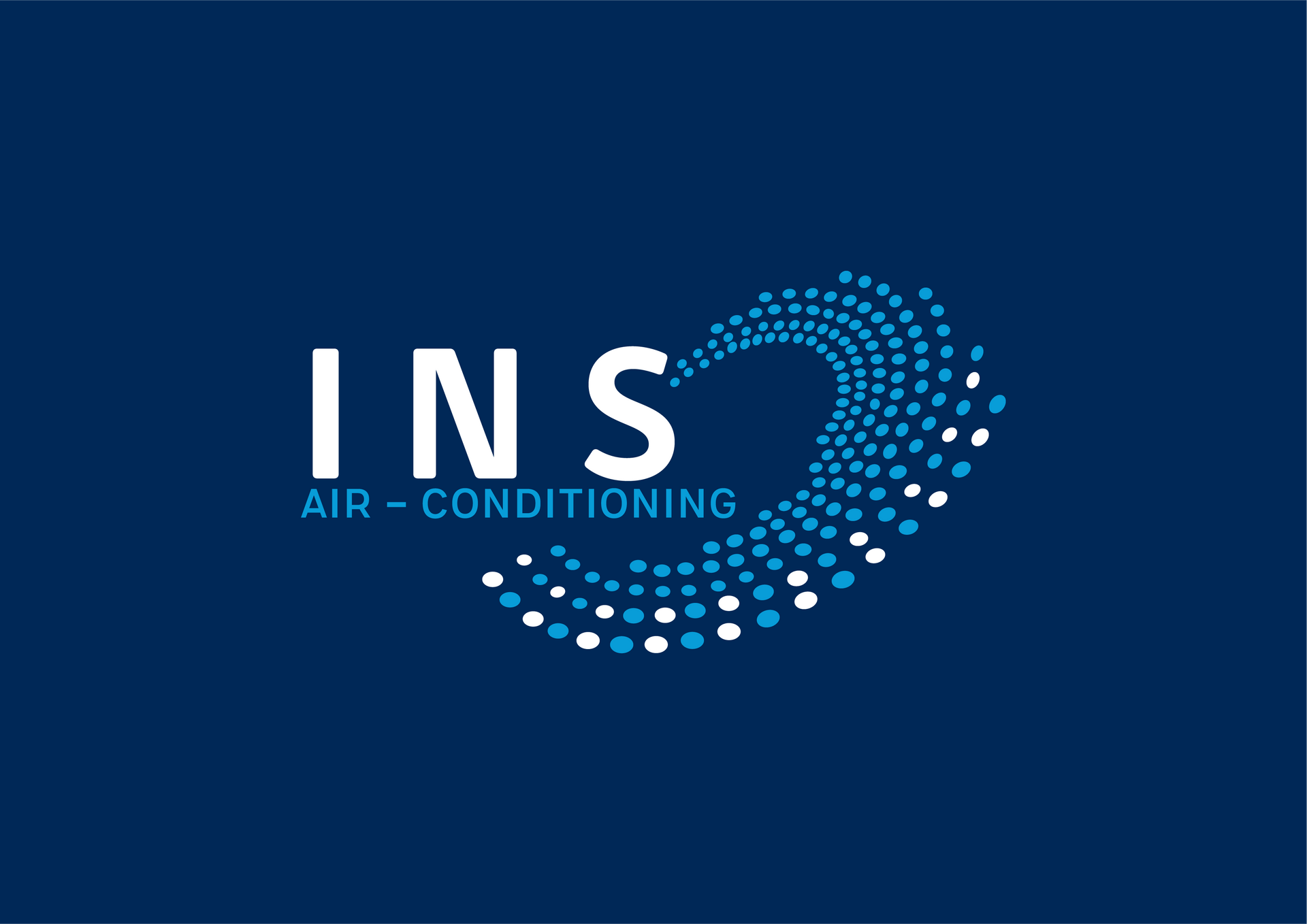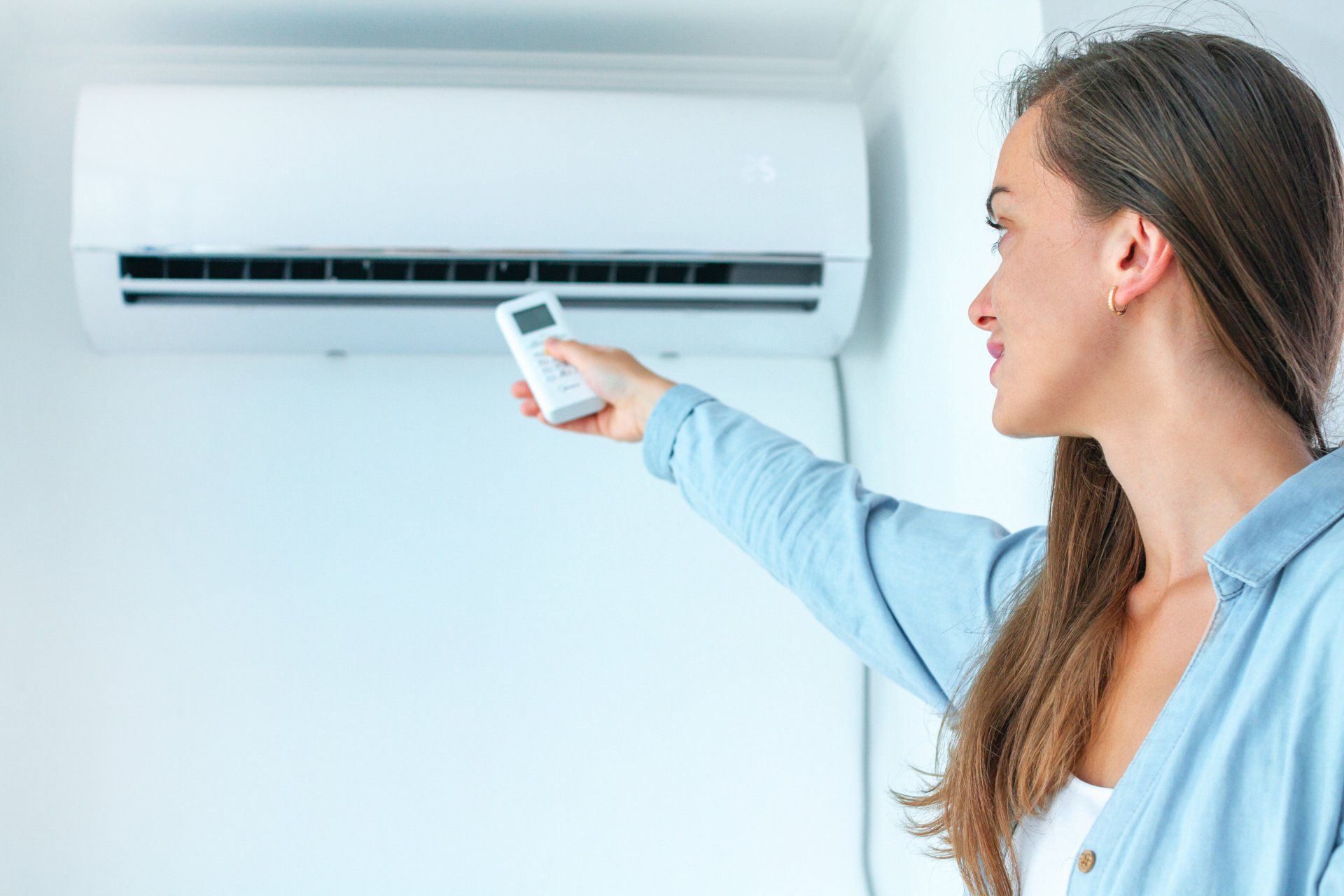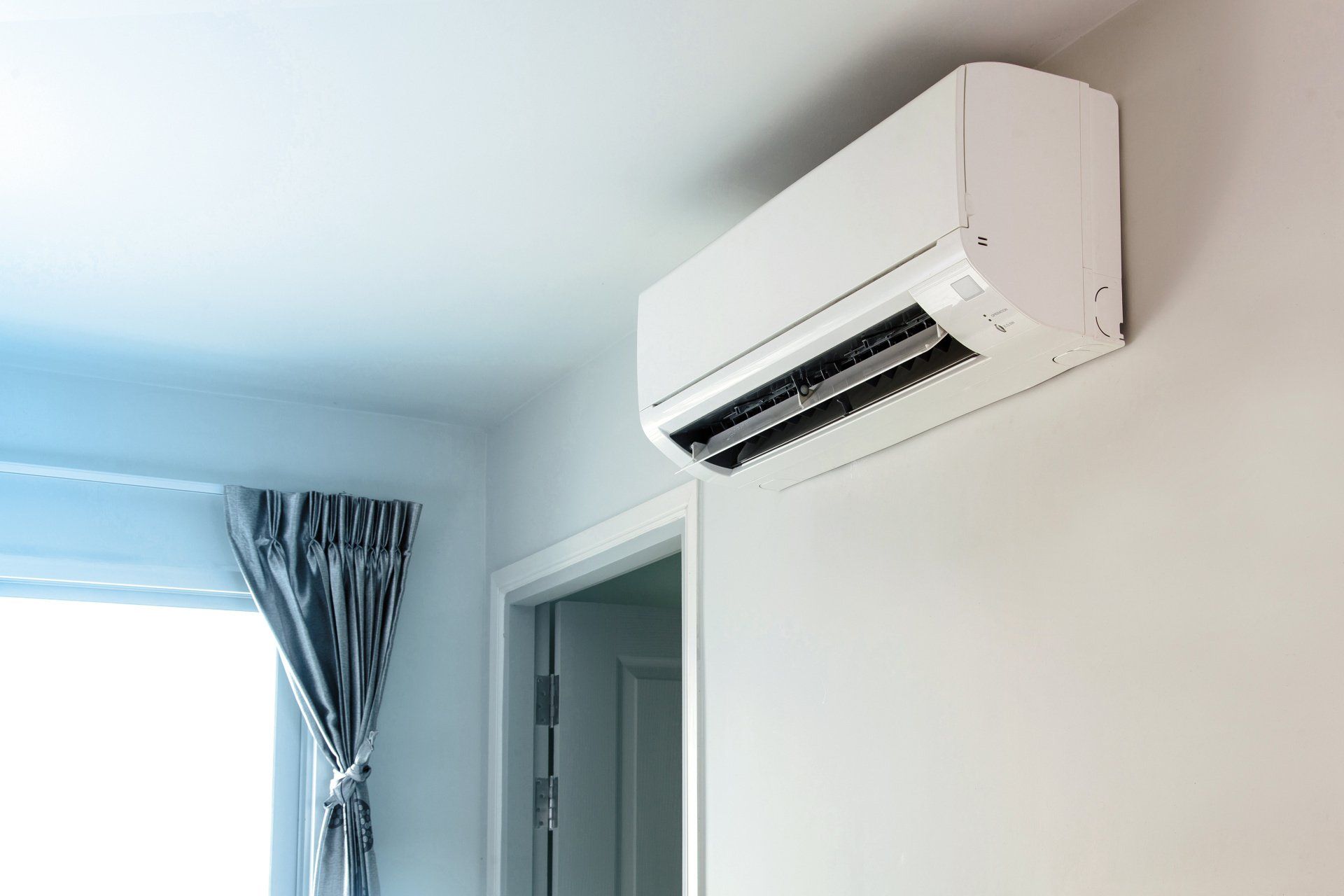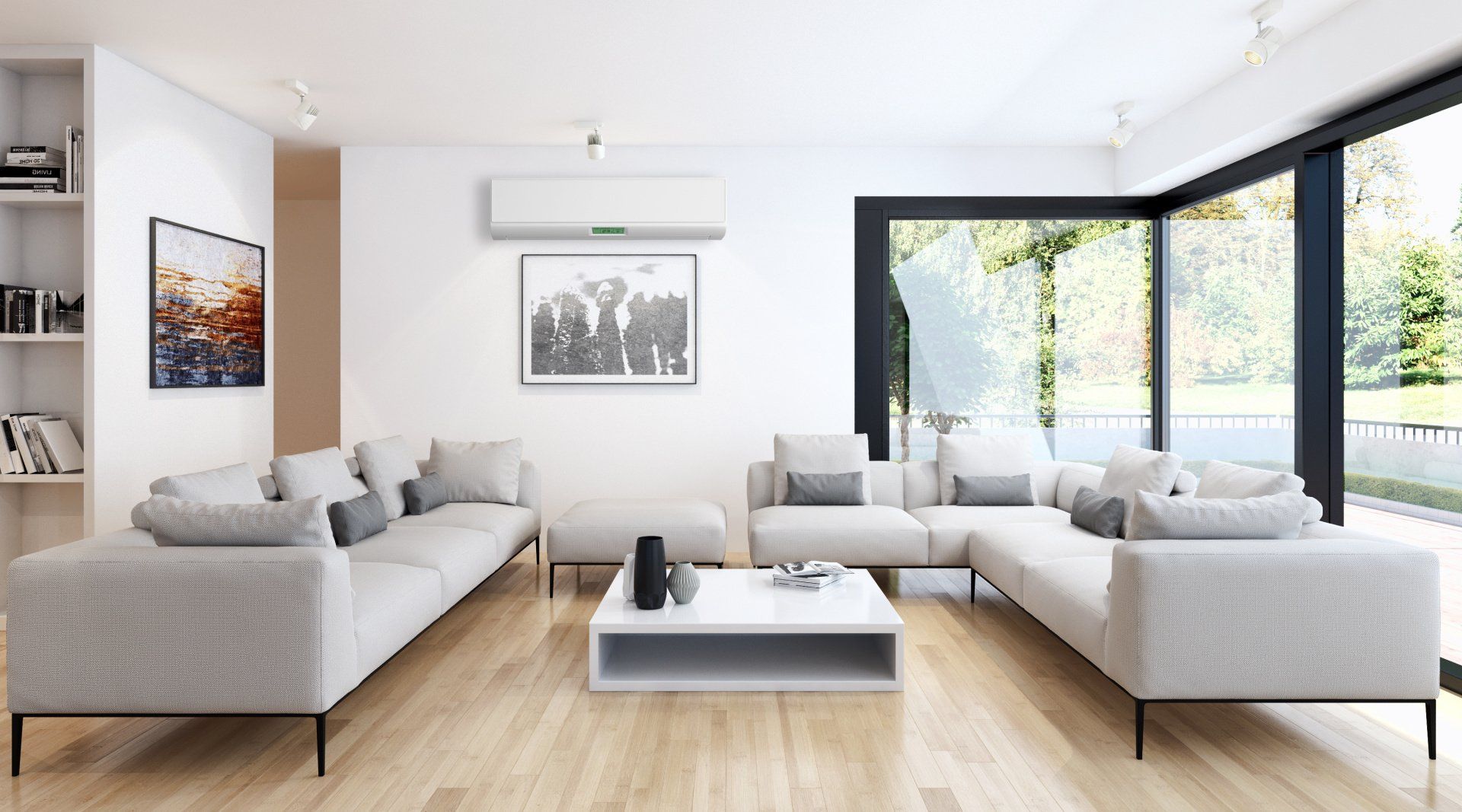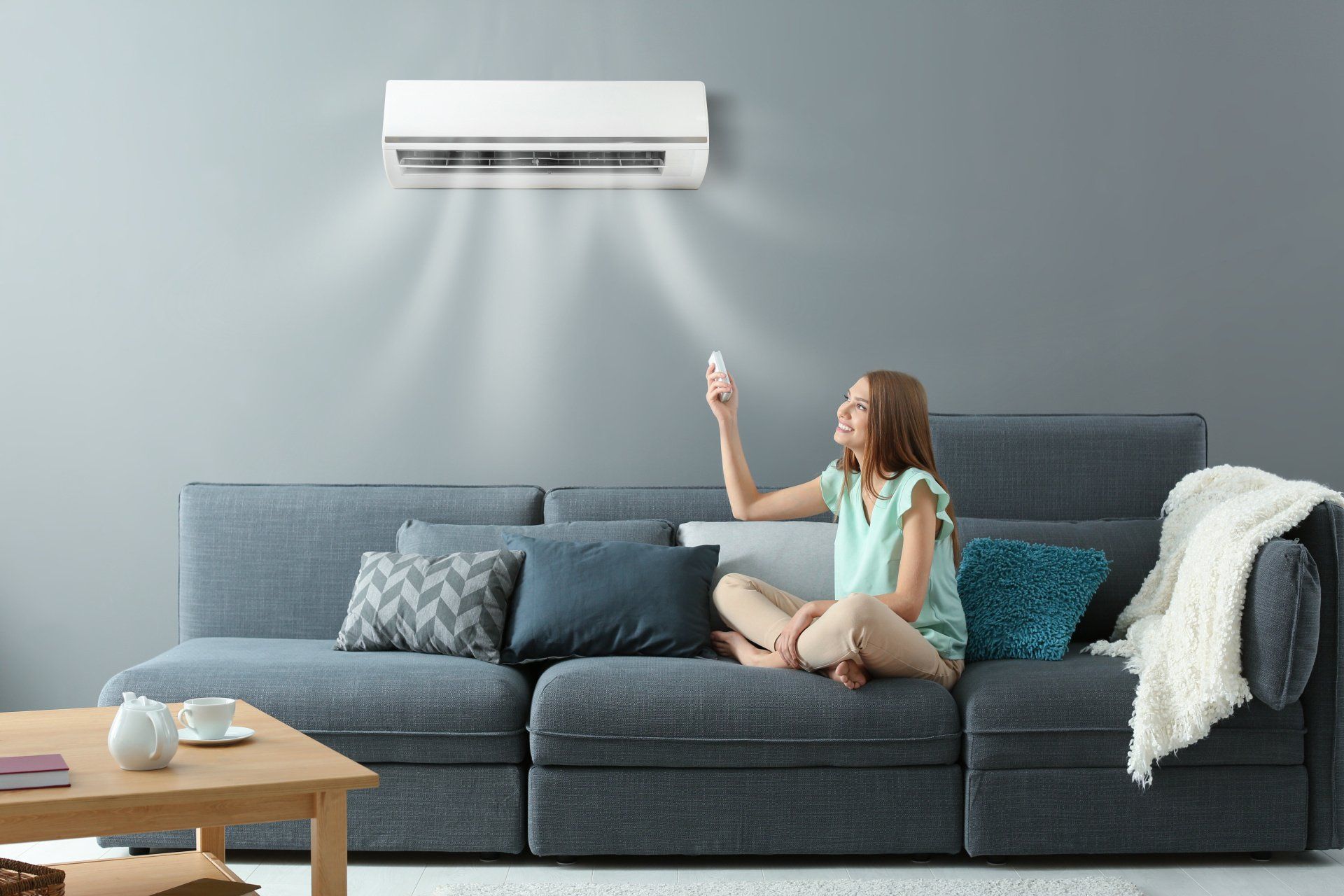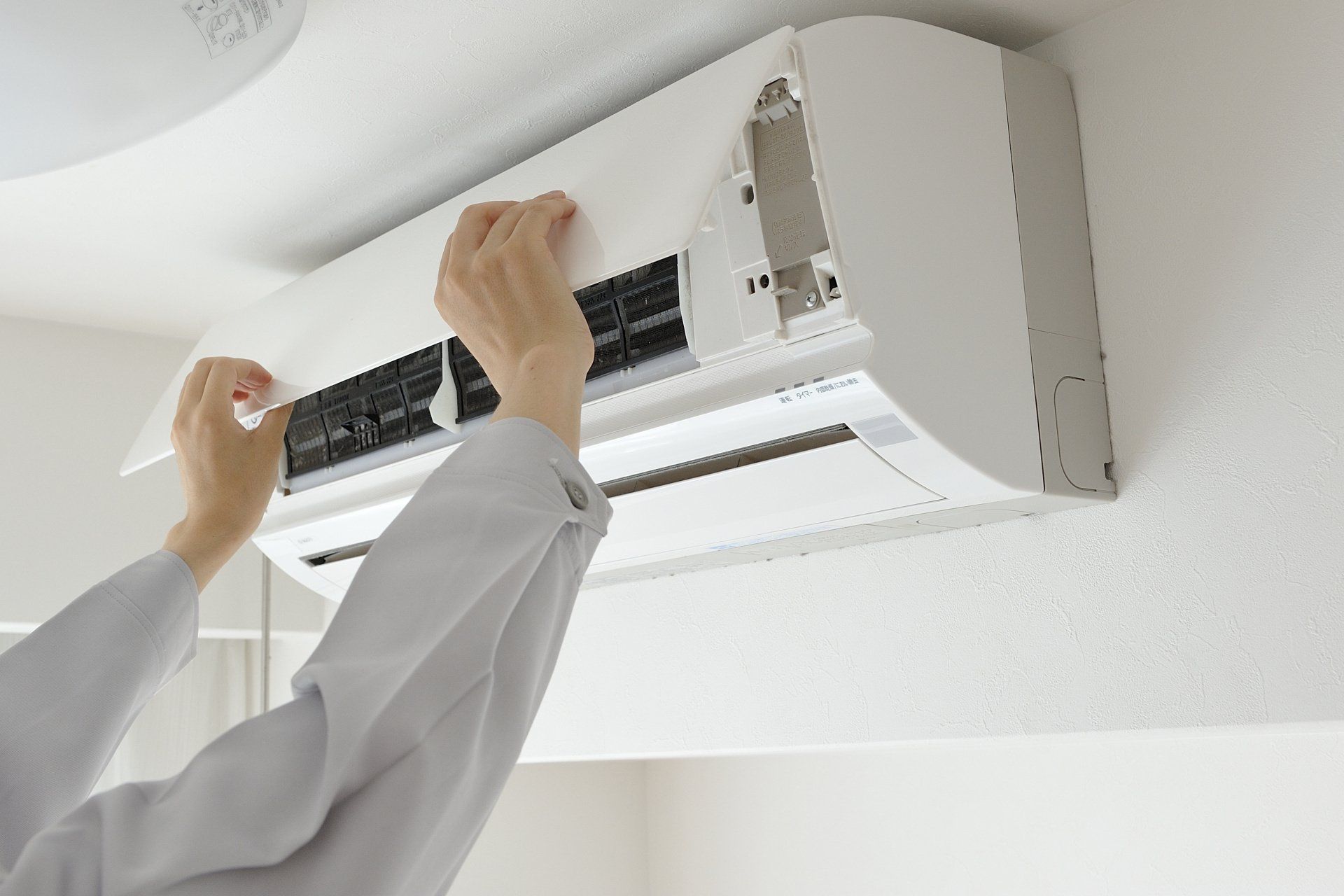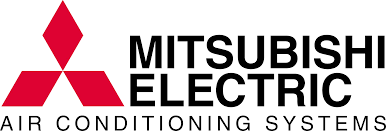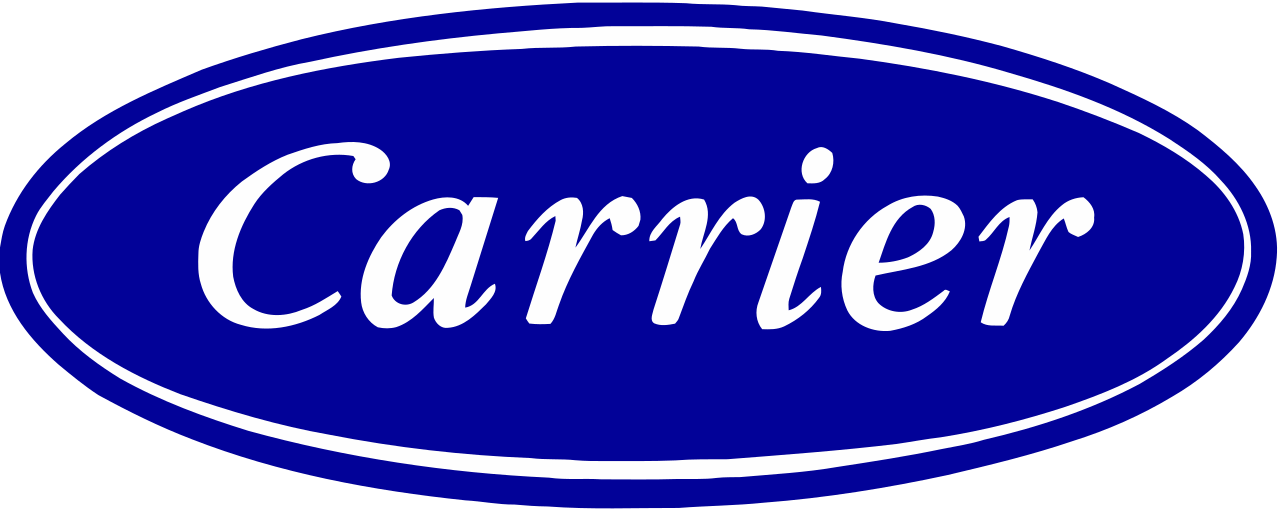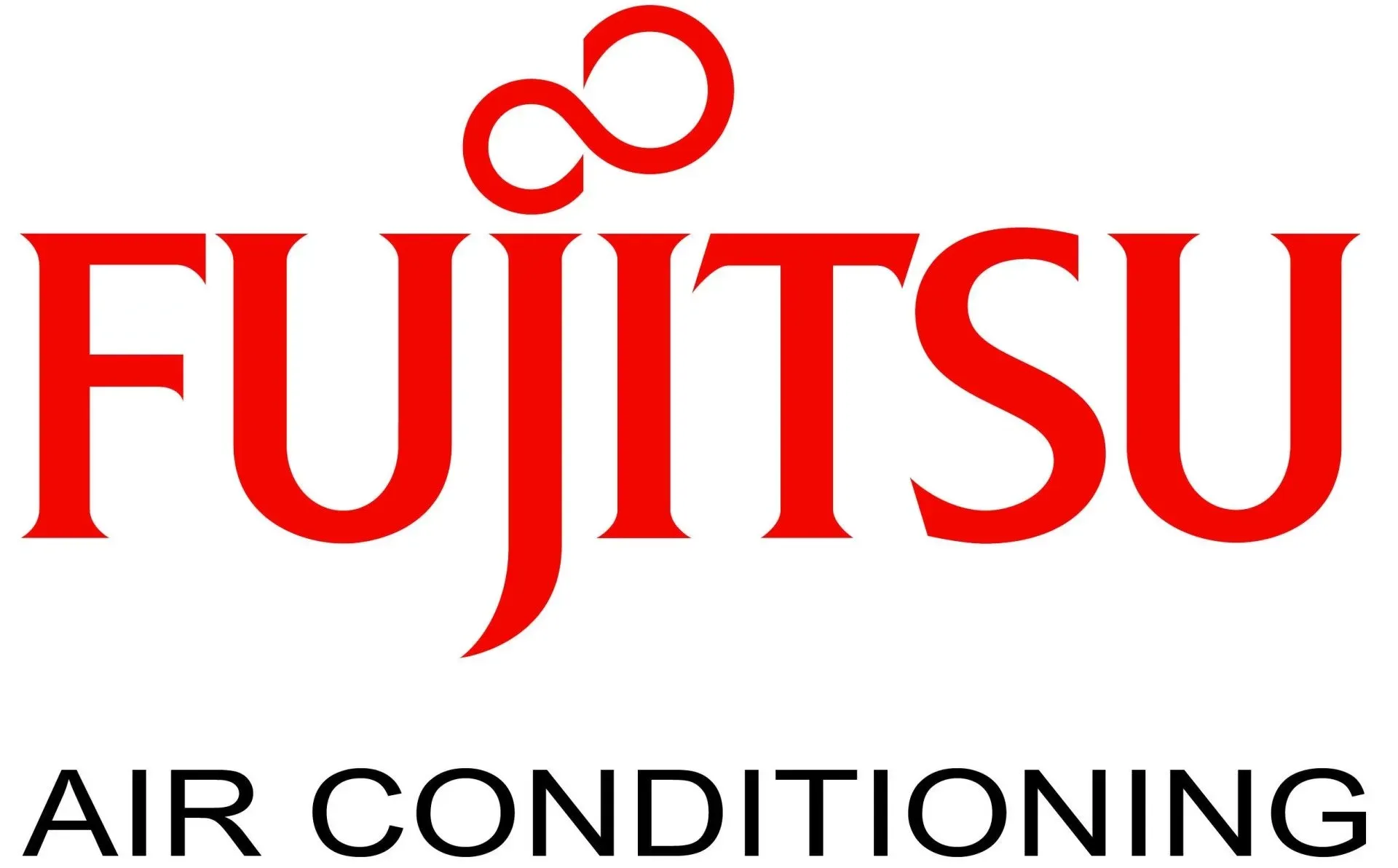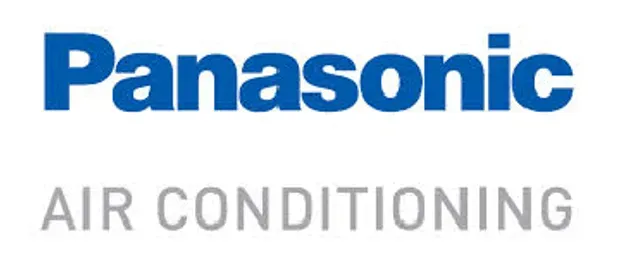Upgrading Your AC: Signs It’s Time for a Newer Model
Air conditioning systems are essential for maintaining comfort in homes and businesses, especially during the warmer months. However, like any other appliance, AC units have a limited lifespan and eventually need to be replaced. Upgrading to a newer model can offer improved efficiency, lower energy costs, and better performance. But how do you know when it’s time to make the switch? In this post, we’ll discuss the key signs that indicate it might be time to upgrade your air conditioning system.
1. Age of the Unit
The age of your air conditioning unit is one of the most significant indicators that it may be time for an upgrade. Most AC systems have a lifespan of around 10 to 15 years. If your unit is within or beyond this range, it’s likely less efficient than newer models and more prone to breakdowns. As technology advances, newer AC systems offer better energy efficiency and improved features, making them a worthwhile investment.
2. Frequent Repairs
If you find yourself frequently calling a technician to repair your AC unit, it might be more cost-effective to replace it with a newer model. Frequent repairs can be a sign that your system is wearing out and will continue to experience issues. Over time, the cost of these repairs can add up, often making an upgrade the more economical choice. Additionally, new systems come with warranties that can save you money on repairs for several years.
3. Rising Energy Bills
An increase in your energy bills, especially during the cooling season, can be a strong indicator that your AC system is no longer operating efficiently. As AC units age, they lose their ability to cool your home effectively and use more energy to do so. Upgrading to a modern, energy-efficient model can significantly reduce your energy consumption and lower your utility bills. Look for units with a high SEER (Seasonal Energy Efficiency Ratio) rating, as they consume less energy while providing optimal cooling.
4. Inconsistent Cooling
If certain areas of your home are consistently warmer or cooler than others, it could be a sign that your AC system is struggling to distribute air evenly. This issue could be due to an outdated or improperly sized system. Newer models offer advanced features such as variable speed motors and zoned cooling, which ensure more consistent temperatures throughout your home. Upgrading can enhance your overall comfort by providing even cooling and reducing hot or cold spots.
5. Unusual Noises
Strange noises coming from your AC unit, such as grinding, rattling, or squealing, are often signs of mechanical issues. While some noises can be repaired, they may also indicate that your system is nearing the end of its useful life. Newer models operate more quietly due to advanced technology and better insulation, providing a more comfortable and peaceful environment in your home.
6. Poor Indoor Air Quality
Your AC system plays a crucial role in maintaining indoor air quality by filtering out dust, allergens, and pollutants. If you’ve noticed an increase in dust, humidity, or musty odours in your home, your AC unit may not be functioning properly. Older systems can struggle to filter and dehumidify the air effectively, leading to poor indoor air quality. Upgrading to a newer model with advanced filtration and humidity control can help improve the air you breathe and create a healthier living environment.
7. Use of R-22 Refrigerant
If your AC unit uses R-22 refrigerant (commonly known as Freon), it’s time to consider an upgrade. R-22 has been phased out due to its harmful effects on the environment, and it is increasingly difficult and expensive to find. Newer AC models use eco-friendly refrigerants such as R-410A, which are more efficient and better for the environment. Upgrading not only ensures compliance with current regulations but also enhances your system’s performance and efficiency.
8. Lack of Modern Features
Older AC systems often lack the modern features that newer models offer. These features include smart thermostats, energy-saving modes, and programmable settings that allow for greater control over your home’s climate. Upgrading to a model with these features can provide convenience, improve energy efficiency, and enhance your overall comfort.
Conclusion
Upgrading your air conditioning system is a significant investment, but it can lead to long-term savings, improved comfort, and better air quality in your home. If your current AC unit is showing signs of age, frequent repairs, rising energy costs, or inconsistent cooling, it’s worth considering a newer model. By recognising these signs early and upgrading to a modern, energy-efficient system, you can ensure that your home remains comfortable and efficient for years to come.
